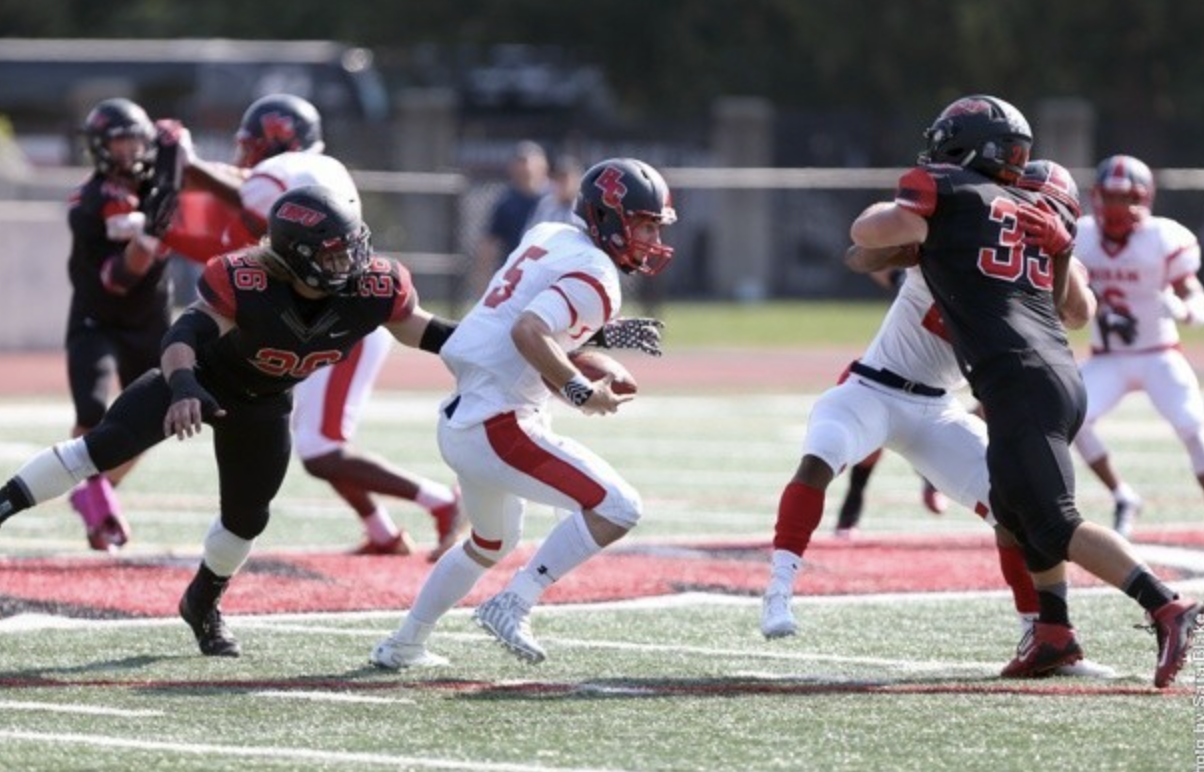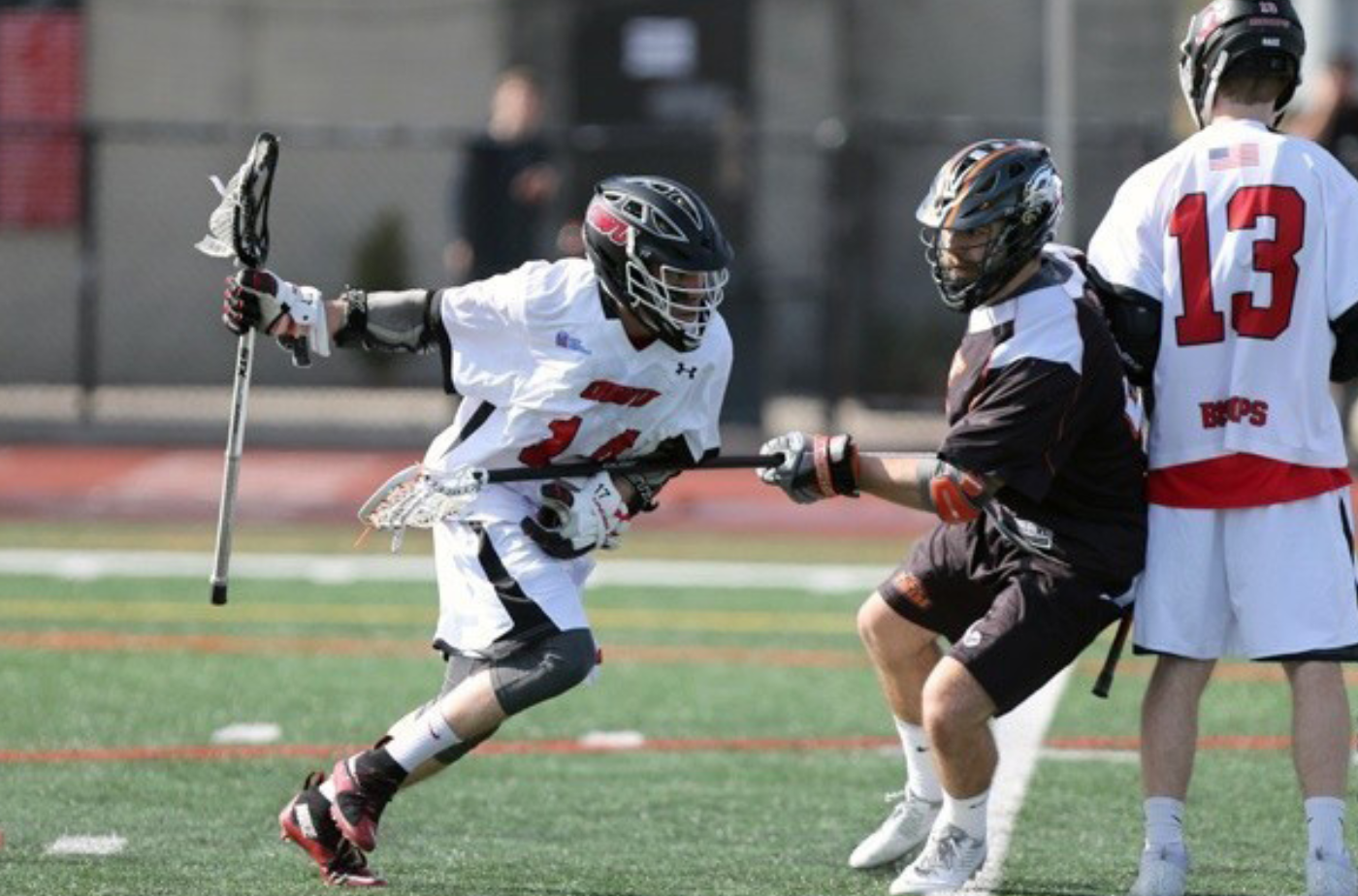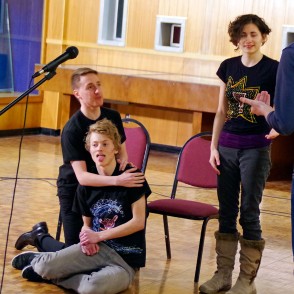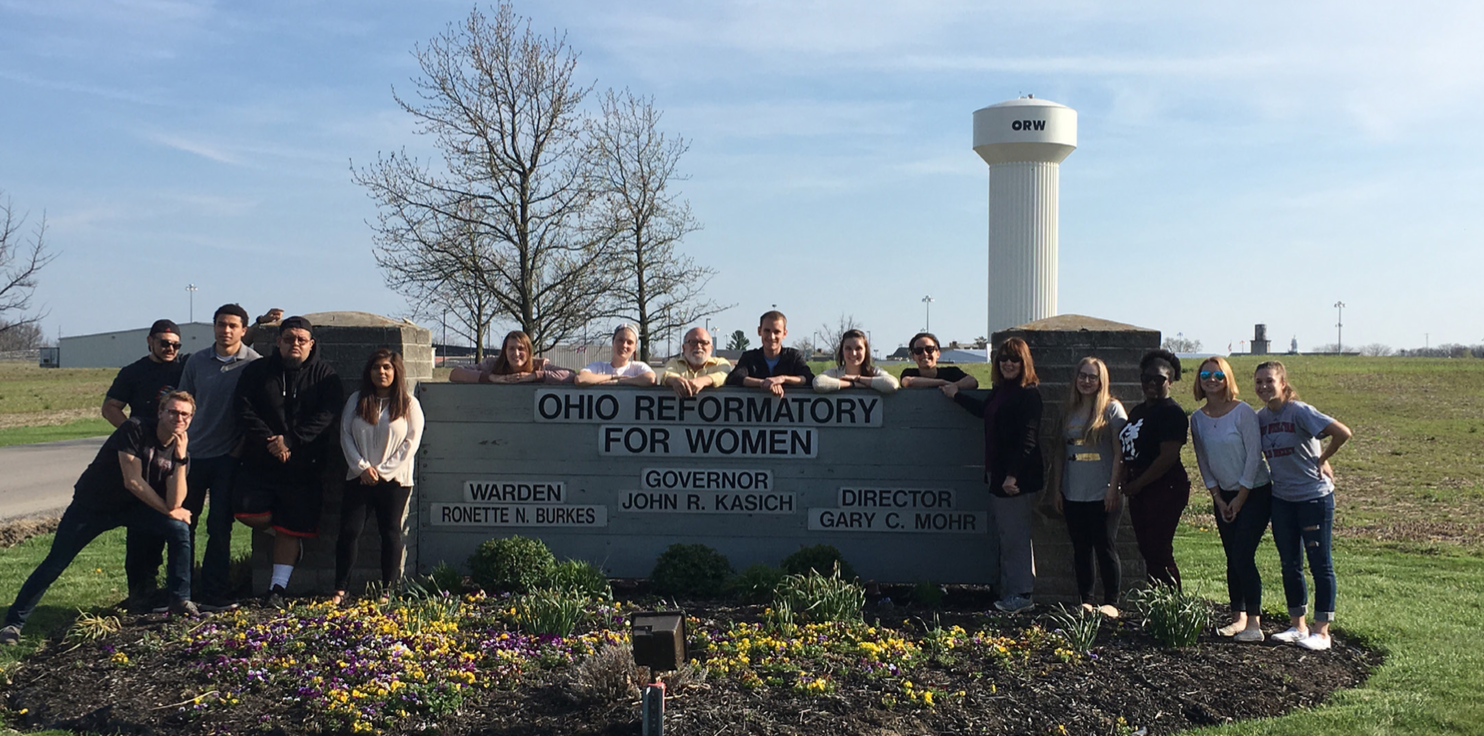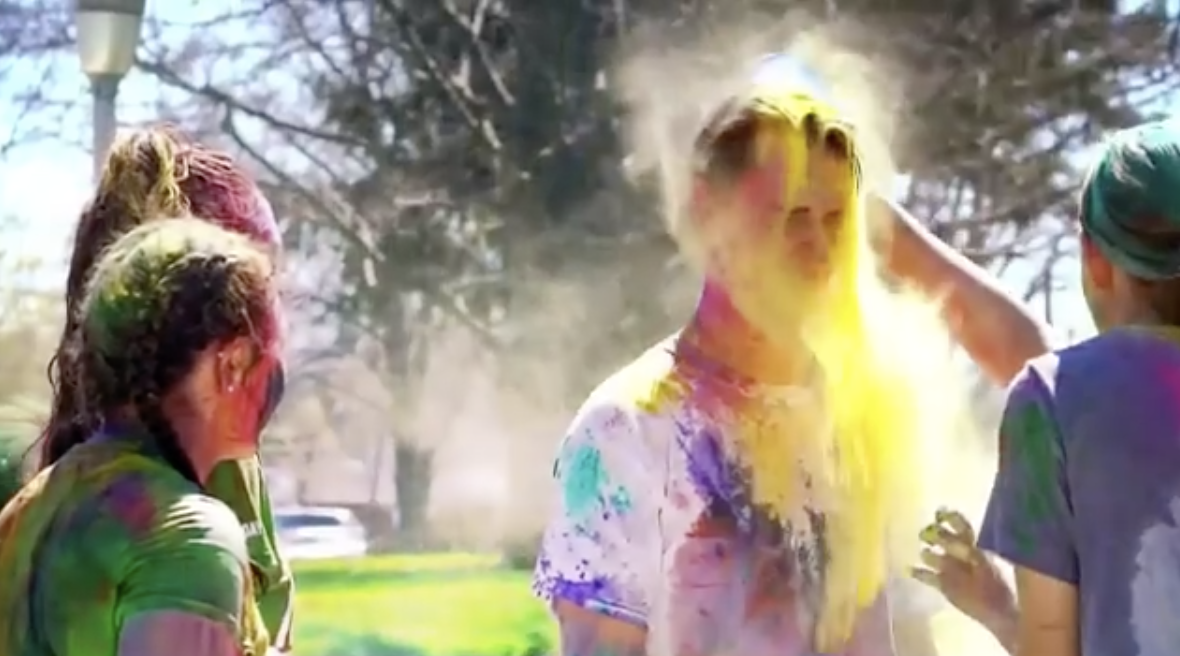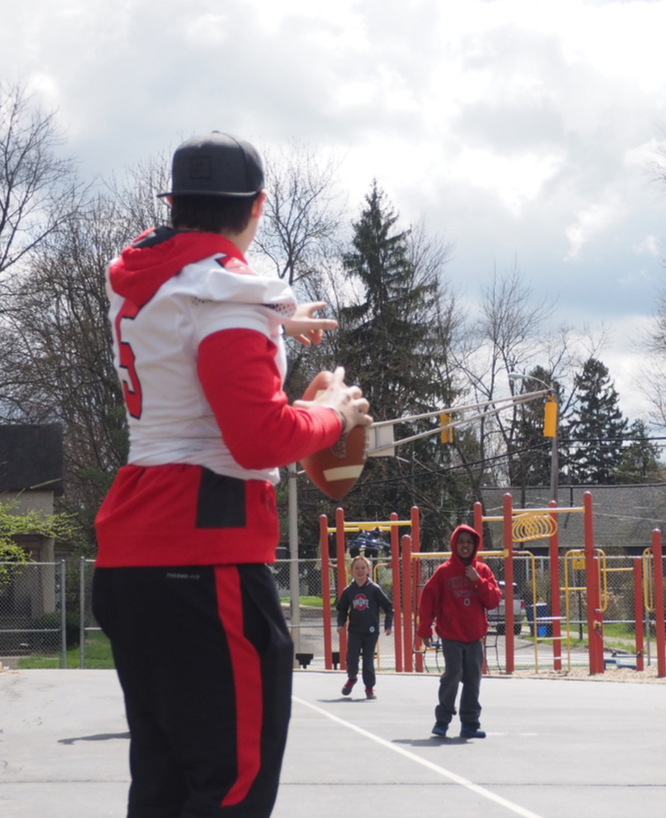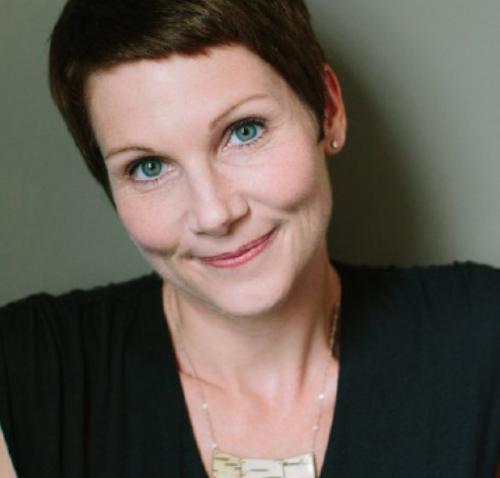By Evan Walsh, Chief Copy Editor
Ohio Wesleyan football is looking for a big win …. in Spain. Thirty team members, led by coaches and staff, will make the trip to Barcelona next month,where they will spend two weeks practicing, playing and traveling.
Barcelona is home to the Badalona Dracs who are part of the first division of Liga Nacional de Fútbol Americano (LNFA). They happen to be the reigning champions of the LNFA, so OWU can expect to face the league’s best.
Coach Tom Watts is optimistic that this will improve the program, and promote the sport abroad. Watts hopes, most importantly, that it will provide students with a unique learning experience.
Mason Tomblin, a senior linebacker, has never been out of the country.
“I choose to go on this trip because I have never been out of the USA. And to play football there too would be a once in a lifetime deal,” Tomblin said.
Tomblin is not alone. Ryan Rhodes, who is currently taking Spanish classes here is looking forward to a new culture in a new place.
“I have never been to Europe before and have always been interested with how non-americans play football,” Rhodes said.
According to NCAA rules, colleges and universities are allowed to travel internationally once every four years. Four years ago, OWU visited Italy.
The university is not paying for the trip, instead, those attending will have to pay their way there. The cost covers airfare, meals, American Football Worldwide helped to organize and make arrangements for the stay.
An itinerary has already been made. The team arrives on the sixteenth and leaves on the twenty-fourth.
A practice is scheduled for the friday of that week and be followed up with an exhibition game against the Dracs on Monday.
The non-football activities are extensive. They include guided tours of Barcelona and Girona, a small but historic city two hours north.
